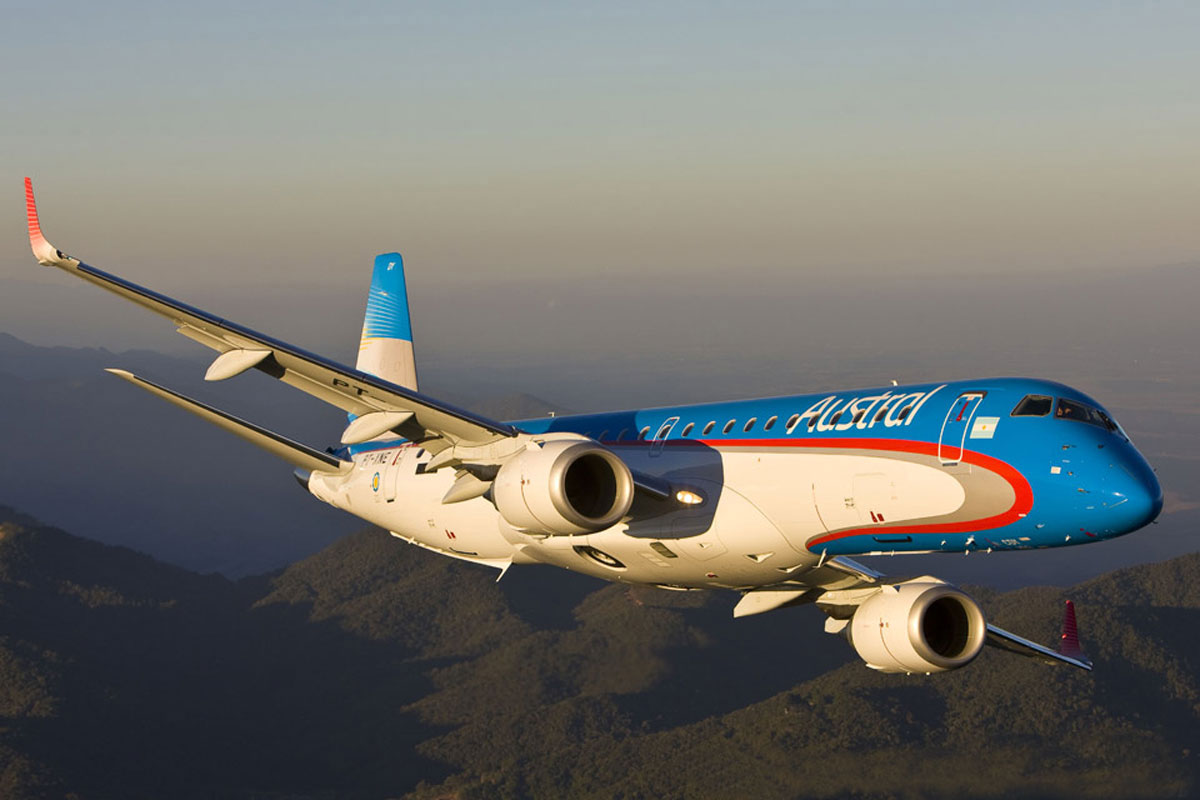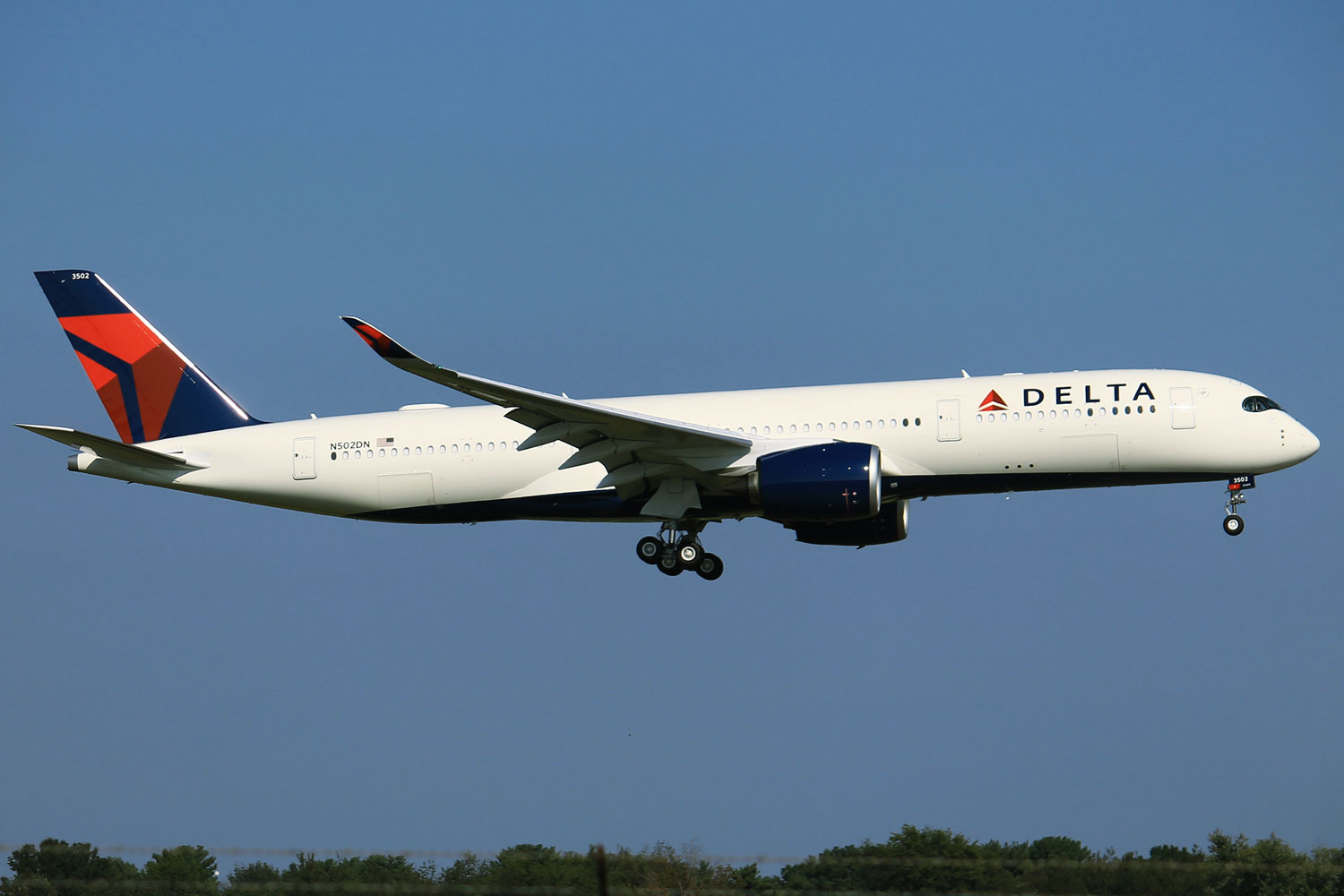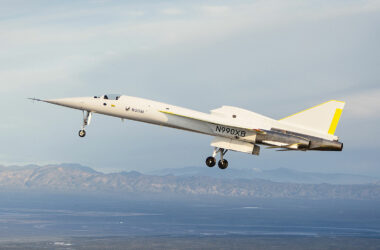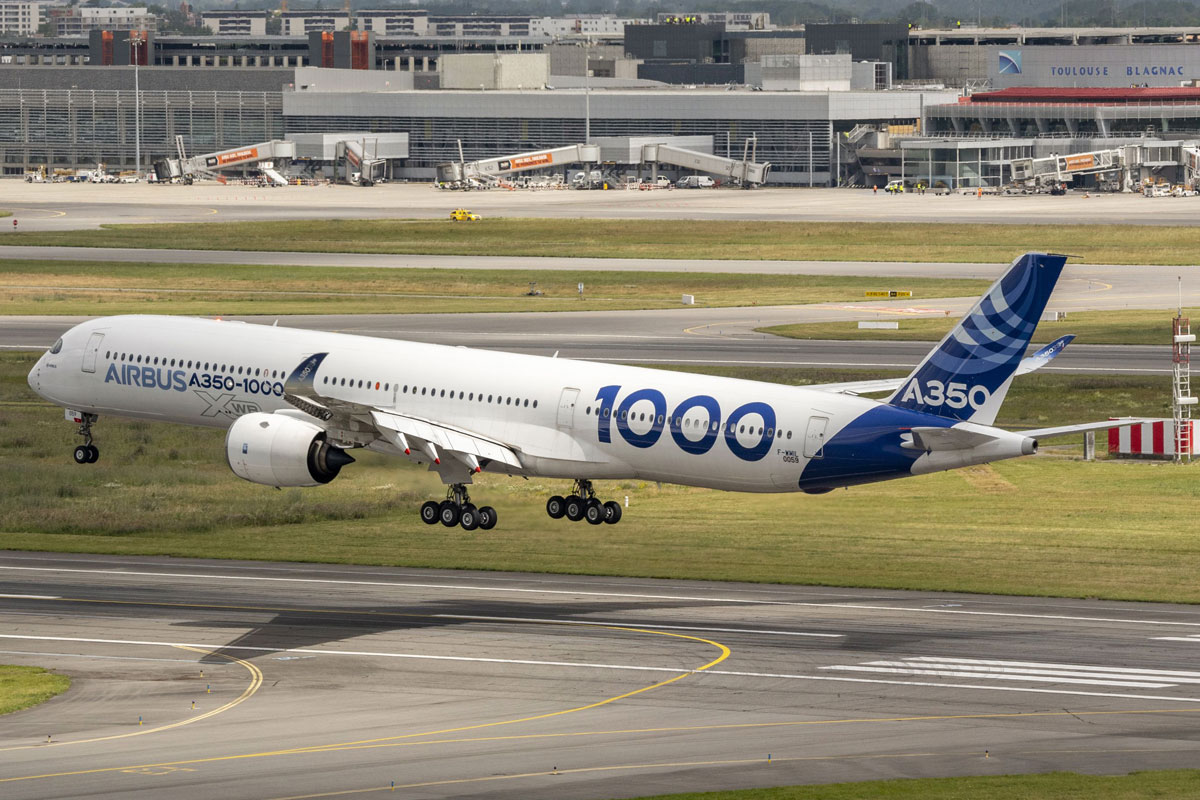Revealed by The New York Times this weekend, a 737 Max wiring problem has been acknowledged by Boeing and the FAA, the US civilian agency. According to the newspaper, two bundles of wiring are at a distance capable of causing a short circuit that, if not properly responded by the pilots, could result in an accident.
The FAA has commented on the new problem by stating that “are analyzing certain findings from a recent review of the proposed modifications to the Boeing 737 MAX.” The agency ensured that “all safety related issues identified during this process are addressed.” The jet maker, in turn, said it is reviewing the installation of the cables to keep them at a safe distance, and to examine whether there is indeed a risk situation.
The FAA said in a statement Sunday the agency and company “are analyzing certain findings from a recent review of the proposed modifications to the Boeing 737 MAX.” The agency added it will “ensure that all safety related issues identified during this process are addressed.”
The new problem may delay return to service, FAA officials admitted. So far, this is expected to occur between February and March, which was a prediction well beyond what Boeing imagined, which had the return of the jet last December.
According to Reuters, “the FAA flagged the wiring issue as potentially ‘catastrophic’. It is possible that other protections such as shielding, isolation and circuit breakers could prevent the short circuit,” a company official told the agency.
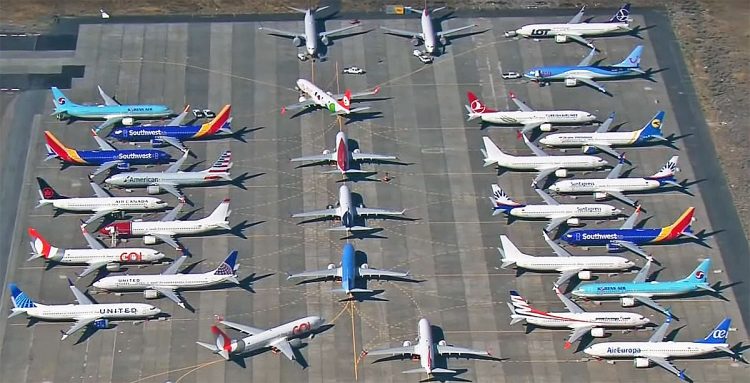
Production suspended
The situation of the 737 Max is increasingly serious. After delaying a decision, Boeing eventually agreed to suspend jet production in January amid a fleet of 400 aircraft that are being held awaiting delivery to its customers. Around Christmas, the manufacturer decided to dismiss its CEO, Dennis Muilenburg, for failing to reverse the crisis last year.
Some civil aviation authorities have argued that it may be necessary for 737 Max pilots to have to go through simulator hours to assimilate the changes that will be introduced to the jet to avoid the MCAS problem, the software that should theoretically help them. controlling the aircraft.
The damage from the episode is estimated to reach at least $ 9 billion for Boeing, not to mention the inconvenience caused to Boeing’s costumers and suppliers.



